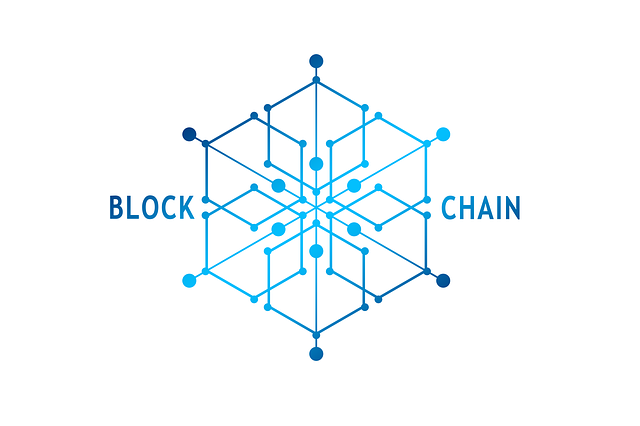Comparing XRP vs USDT vs USDC vs XMR (Monero)
Here’s a concise comparison of XRP, USDT, USDC, and XMR (Monero) based on their purpose, technology, use cases, and market dynamics:
1. XRP (Ripple)
- Purpose:
- Facilitate fast, low-cost cross-border payments for banks and financial institutions.
- Acts as a bridge currency in Ripple’s ecosystem (e.g., On-Demand Liquidity).
- Key Features:
- Centralized: Controlled by Ripple Labs (manages ~50% of XRP supply).
- Speed: Settles transactions in 3-5 seconds.
- Regulatory Status: Ongoing SEC lawsuit (whether XRP is a security).
- Use Case:
- Institutional cross-border transactions.
- Speculative investment tied to Ripple’s partnerships (e.g., Santander, Bank of America).
2. USDT (Tether)
- Purpose:
- Stablecoin pegged 1:1 to the US dollar.
- Designed to minimize volatility and act as a “safe haven” in crypto trading.
- Key Features:
- Centralized: Issued by Tether Ltd. (backed by reserves including cash, bonds, and commercial paper).
- Liquidity: Most widely used stablecoin ($110B+ market cap).
- Controversies: Questions about reserve transparency and regulatory scrutiny.
- Use Case:
- Trading pairs on exchanges.
- Hedging against crypto volatility.
3. USDC (USD Coin)
- Purpose:
- Regulated stablecoin pegged 1:1 to the US dollar.
- Focuses on transparency and compliance.
- Key Features:
- Centralized: Managed by Circle and Coinbase, with monthly attestations of reserves.
- Trust: Seen as more transparent than USDT (reserves held in cash and short-term Treasuries).
- Regulatory Compliance: Adheres to U.S. financial regulations.
- Use Case:
- Institutional DeFi, payroll, and remittances.
- Preferred by risk-averse users due to regulatory clarity.
4. XMR (Monero)
- Purpose:
- Privacy-focused cryptocurrency enabling untraceable transactions.
- Key Features:
- Decentralized: No central authority; community-driven development.
- Privacy Tech: Ring signatures, stealth addresses, and confidential transactions.
- Regulatory Status: Banned on many exchanges (e.g., Japan, UK) due to anonymity concerns.
- Use Case:
- Privacy-centric transactions (e.g., censorship resistance, anonymity).
- Controversial use in darknet markets.
Comparison Table
| Feature | XRP | USDT | USDC | XMR (Monero) |
|---|---|---|---|---|
| Type | Payment token | Stablecoin | Stablecoin | Privacy coin |
| Volatility | High | Low (pegged to USD) | Low (pegged to USD) | High |
| Transaction Speed | 3-5 seconds | Varies (ERC-20, TRC-20) | Varies (ERC-20, etc.) | ~30 minutes |
| Privacy | Transparent ledger | Transparent ledger | Transparent ledger | Fully private |
| Centralization | Semi-centralized (Ripple) | Centralized (Tether) | Centralized (Circle) | Decentralized |
| Regulatory Risk | High (SEC lawsuit) | Moderate (reserve audits) | Low (compliant) | Very high (bans/scrutiny) |
| Market Cap (2024) | ~$30B | ~$110B | ~$30B | ~$3B |
When to Use Each
- XRP: Cross-border payments, speculative bets on Ripple’s institutional adoption.
- USDT/USDC: Trading, hedging, or storing value during crypto volatility.
- USDC: Preferred for regulatory compliance and transparency.
- XMR: Privacy-first transactions (ethical or controversial).
Key Risks
- XRP: SEC lawsuit outcome, Ripple’s escrow releases.
- USDT: Reserve transparency risks, regulatory crackdowns.
- USDC: Centralized control (e.g., freezing funds).
- XMR: Exchange delistings, regulatory bans.
Bottom Line
- Stability: USDT/USDC for low volatility.
- Speed: XRP for institutional payments.
- Privacy: XMR for anonymity.
- Regulatory Safety: USDC > USDT > XRP > XMR.
Always assess your risk tolerance and goals before investing! 🚀







